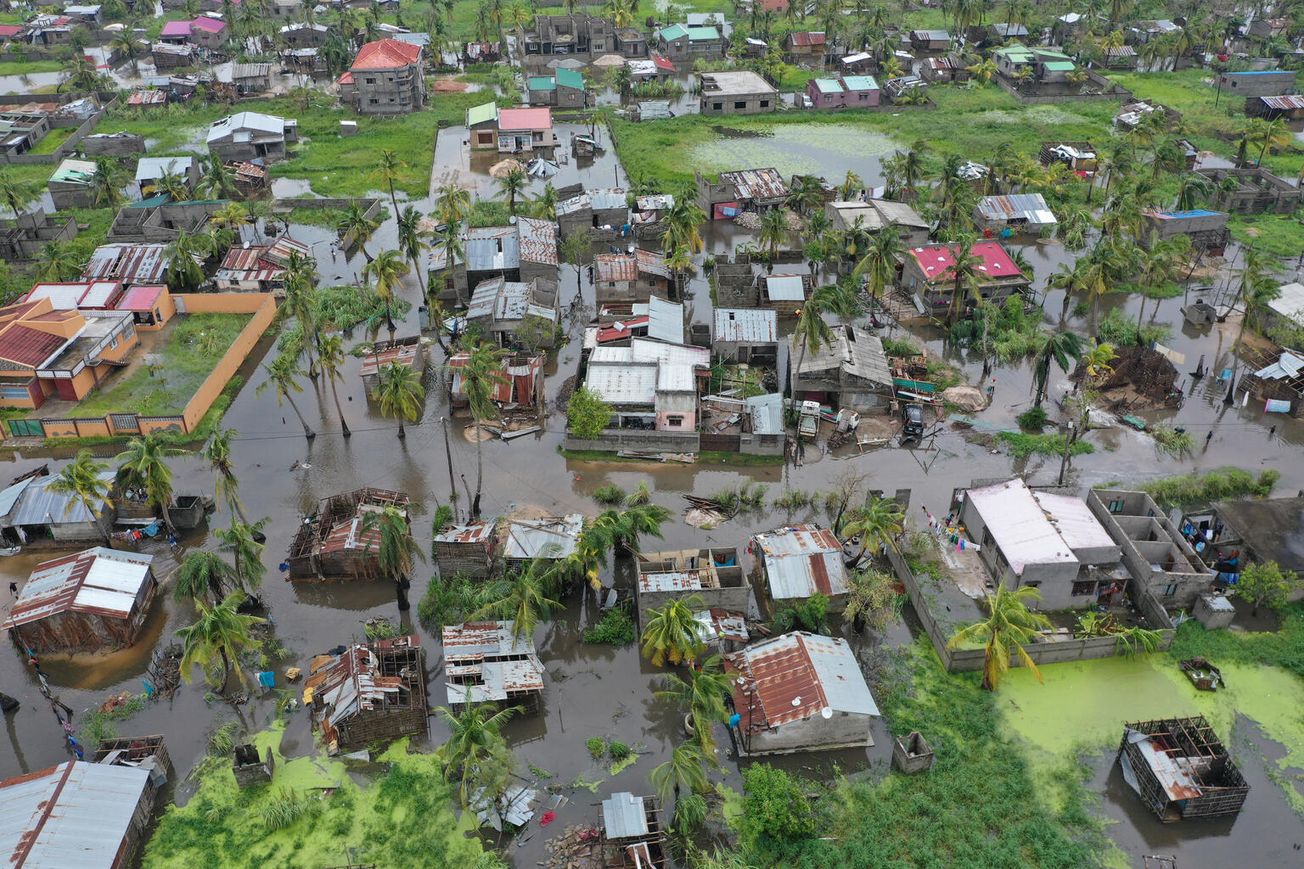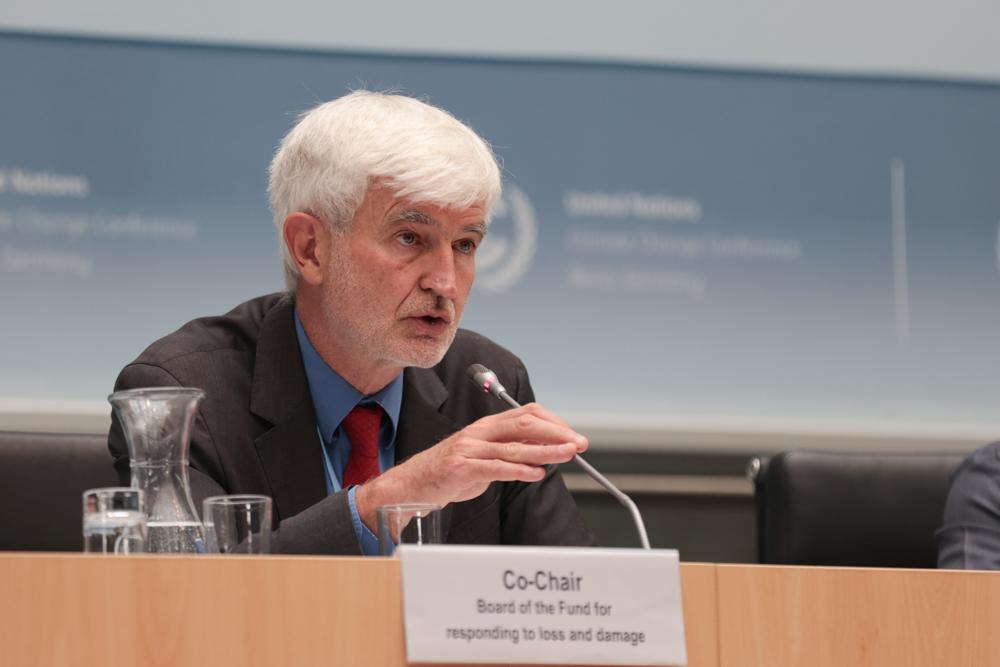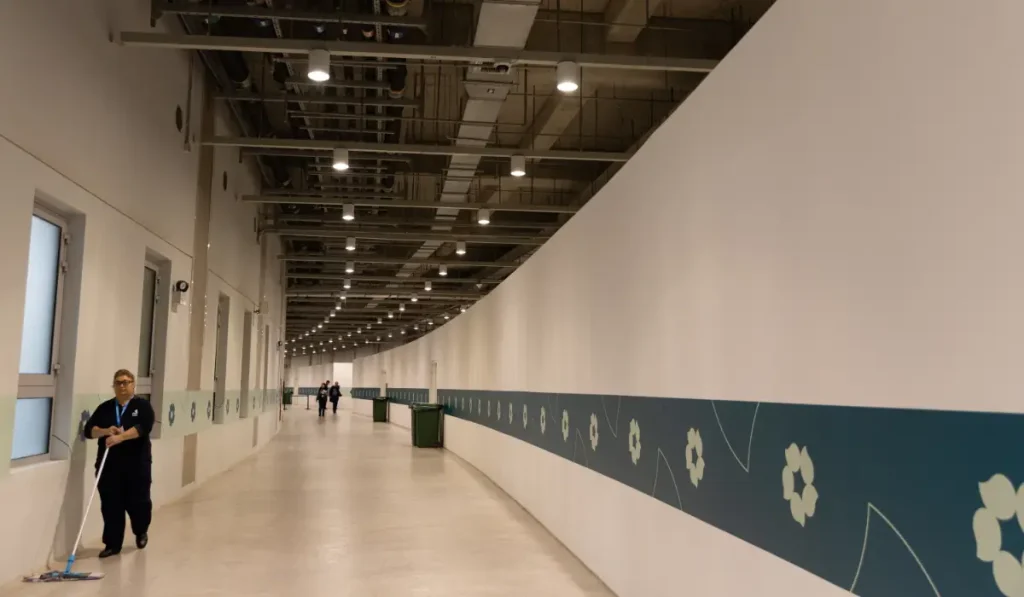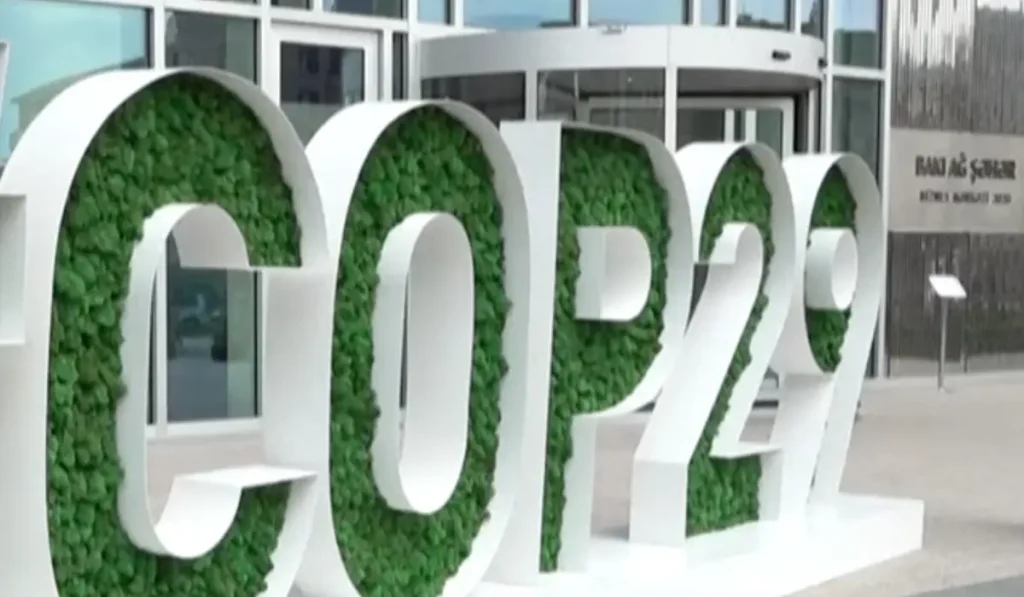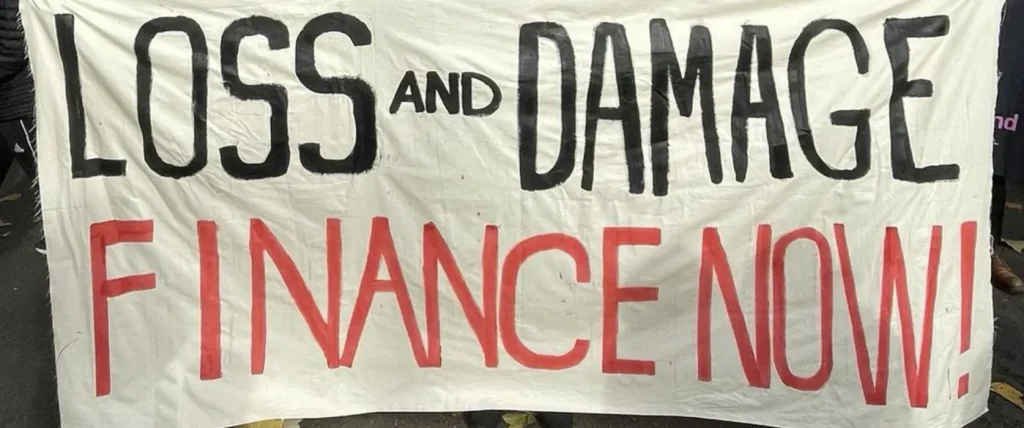Last month, during a three day session, members of the Executive Board of the Fund for Responding to Loss and Damage agreed to a strategy to guide its initial phase, focusing on strengthening national responses to climate catastrophes.
Those who have followed the debates surrounding the creation of the Fund will recall that there were historically heated discussions around who would contribute and how much, who would benefit from the funds and on what terms, and where would the fund be hosted. At COP28, it was agreed that the Fund would be temporarily hosted by the World Bank for a transitional 4 year period, however there is no obligation for developed countries to finance it, with contributions being entirely voluntary. The agreed text set up the fund for the benefit of developing countries that are “particularly vulnerable” to climate change, a term no-one knew the meaning of, setting the stage for debates about who it was intended to benefit.
At last month’s board meeting, debates arose around the scale of the Fund. The status of resources indicated US$319 million as currently available and leaving a paltry USD 250 million to be set aside for the initial two year startup phase. This despite pledges at COP28 and COP29 of around US$720 million, meaning that much of this amount had failed to materialise. What lies in the coffers is also well below the US$400 billion a year that the Loss and Damage Collaboration estimates is needed for developing countries for loss and damage. The Board also estimated that individual intervention sizes would tbe limited to between US$5 and 20 million, an amount which is unlikely to make a meaningful difference in a large scale climate catastrophe.
Developing countries wanted the agreed text to recognise this insufficiency and to include an expectation that the Fund will evolve to contribute to a response “at scale”, following similar text that had been included in previous decisions from COP27. This, according to Egypt’s Mohamed Nasr, would give the Fund a direction of travel to move towards. However developed countries, led by the EU, would not agree to text anticipating the fund to grow to operate “at scale:. Presumably this was driven by concerns that this would place an undue financial burden on contributors and did not account for other sources of financial support. Ultimately parties agreed to text that anticipated the need for new, additional, predictable and adequate financial resources, and for a resource mobilisation strategy to escalate contributions, and an expectation for the Fund to “scale up”, but without any confirmation in the text that it would ultimately operate “at scale”.
The other contentious issue on the table related to which countries would benefit. Developed countries wanted a minimum floor of 50% of funds to go towards small island developing states (SIDS) and least developed countries (LDCs) during the initial phase, while developing countries wanted more flexibility in the approach. In respect of scale, the agreed text was a merger of developed and developing country proposals where a minimum floor of 50% to SIDs and LDCs was set, but also including text from developing countries that ensured that there wouldn’t be an overconcentration of resources in any one country, group of countries or region.
Co-chairs from South Africa and France, Richard Sherman and Jean-Christophe Donnellie, with facilitation by Barbados, put forward a compromise package resulting in the adoption of the “Barbados Implementation Modalities” (BIM). Included within this package were decisions around the principles and scope of the fund, namely that:
- it will support bottom-up, country-led and country owned approaches to loss and damage;
- it will be implemented alongside the development of the longer term operational policies and procedures for the Fund;
- it should aim to finance activities that represent the full scope of the Fund;
- it will explore engagement with the private sector, where relevant;
- it will only disburse grants, but countries can voluntarily combine them with other instruments, such as blended public and private finance.
- settling an issue of contention, it will work alongside other entities such as the Green Climate Fund during the startup phase.
The next meeting of the Fund’s Executive Board will decide on initial project and programme funding criteria and the terms of reference for calls for proposals, and other modalities relating to accessing funds.

